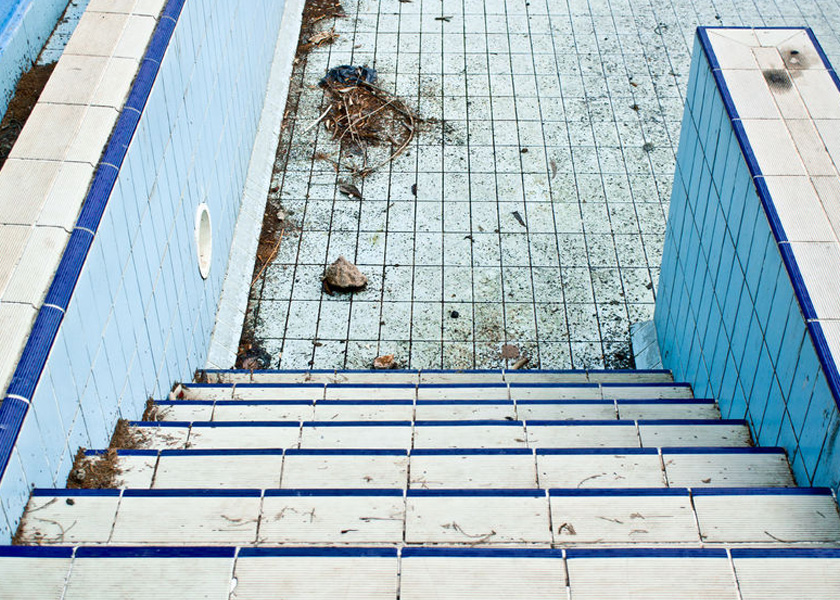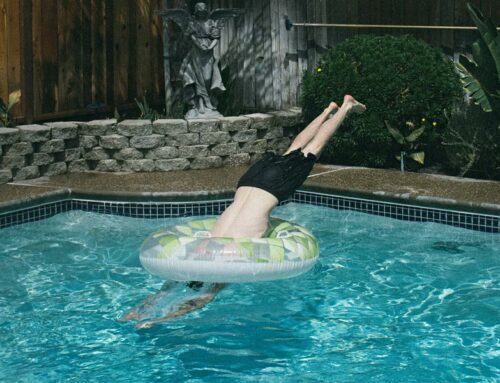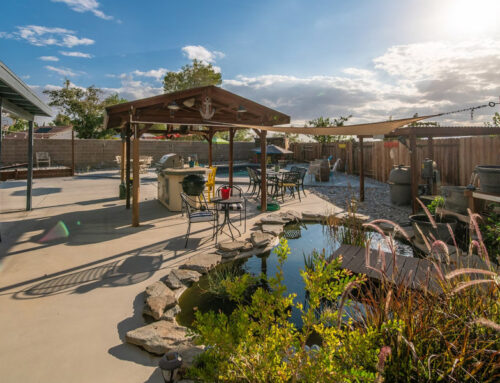Sometimes, the decision to remove a swimming pool becomes a necessary step in the evolution of a property. Whether it’s for safety concerns, renovation plans, or reclaiming space, the swimming pool demolition process is a task that requires careful planning and execution. In this blog post, we’ll dive into the details of how the swimming pool demolition process works, providing insights into the steps involved and considerations to keep in mind.
Assessment and Planning:
Before the demolition begins, a thorough assessment of the pool and its surroundings is conducted. This includes evaluating the pool’s construction, size, location, and potential environmental impact. A detailed plan is then formulated, taking into account safety measures, waste disposal, and the specific method of demolition.
Draining the Pool:
The first step in the physical demolition process is draining the pool. This ensures a safer working environment and facilitates the subsequent steps. Care is taken to dispose of the water properly, adhering to local regulations and environmental standards.
Demolition Method Selection:
There are two primary methods for swimming pool demolition: partial removal (filling in the pool) and complete removal. Partial removal involves breaking up the pool’s bottom and sides and filling the space with compacted soil. Complete removal involves excavating the entire pool structure, including the shell. The choice between these methods depends on factors such as property goals, budget, and local regulations.
Equipment Setup:
Once the demolition method is chosen, the necessary equipment is brought in. This may include excavators, backhoes, jackhammers, and other machinery, depending on the scale of the demolition. Safety measures, including fencing and signage, are established to secure the work area.
Demolition Execution:
The demolition process begins with the breaking up of the pool structure. In the case of partial removal, the broken concrete is compacted and filled in, while complete removal involves hauling away the debris. Dust control measures are implemented, and noise levels are minimized to mitigate disruptions to the surrounding environment.
Waste Disposal and Recycling:
Debris generated during the demolition is carefully managed. Concrete from the pool can often be recycled, contributing to sustainable practices. Any non-recyclable materials are disposed of in accordance with local regulations, ensuring responsible waste management.
Site Grading and Restoration:
After the pool is demolished and debris is removed, the site undergoes grading to ensure proper drainage. The area is then prepared for future landscaping or construction, depending on the property owner’s plans.
Final Inspection and Documentation:
A final inspection is conducted to ensure that the demolition has been completed according to the plan and local regulations. Documentation may be provided to the property owner, confirming the successful completion of the swimming pool demolition process.
Swimming pool demolition is a comprehensive process that demands careful planning, adherence to regulations, and skilled execution. By understanding the steps involved, property owners can make informed decisions and work with professionals to achieve their goals efficiently and safely. Whether it’s paving the way for a new project or simply reclaiming space, the swimming pool demolition process is a transformative journey that ensures the evolution of your property.





